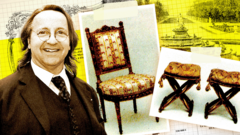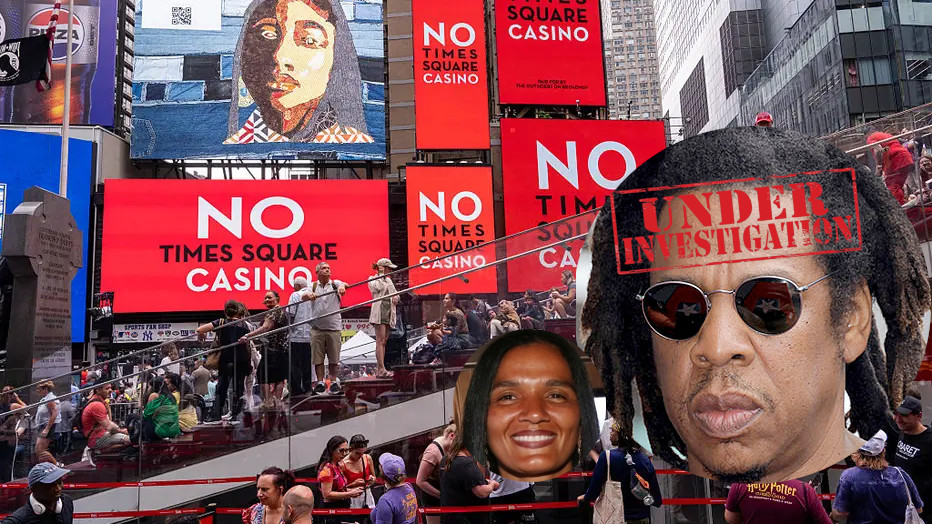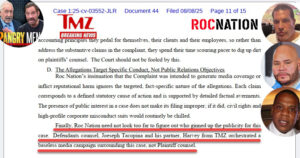The Palace of Versailles has found itself at the center of a scandal that has shaken the French antiques industry to its core. In the early 2010s, two intricately designed chairs, believed to have originated from the royal estate and associated with Marie Antoinette, surfaced in the French antiques market. Stamped with the seal of esteemed carpenter Nicolas-Quinibert Foliot, the chairs quickly gained notoriety as "national treasures" and attracted attention from the Palace itself.
Despite Versailles’ expressed interest, the chairs were sold to Qatari Prince Mohammed bin Hamad Al Thani for a staggering €2 million (£1.67 million)—a price deemed too high by the estate. Alongside these chairs, an array of additional furniture items, claimed to have royal connections, emerged in recent years. These pieces included chairs allegedly used by Madame du Barry, King Louis XV's mistress, and other royal figures.
However, the excitement turned to disillusionment in 2016 when it was revealed that the entirety of the collection was a fabrication. This revelation led to a major trial implicating leading antiques expert Georges "Bill" Pallot and celebrated cabinetmaker Bruno Desnoues, who were accused of fraud and money laundering. They were found to have constructed the fake chairs through a mix of clever sourcing of materials and expert craftsmanship, deceiving various professionals and institutions, including the Palace of Versailles.
Pallot, who had previously provided expert advice to the palace, admitted in court that what began as a "joke" in 2007 evolved into a scheme yielding over €3 million in profits, though they contested the exact amount. The fraud was unveiled following scrutiny of a middleman who came under investigation due to an extravagant lifestyle despite a modest income. This ultimately led to a broader inquiry into the operations of Pallot and Desnoues.
Galerie Kraemer, the Parisian gallery that sold some of the counterfeit chairs, also faces charges of gross negligence, with director Laurent Kraemer defending the gallery's actions by claiming ignorance of the fraud. He emphasized that both the gallery and the Palace had been misled, stressing their status as victims rather than accomplices.
Prosecutors highlighted the necessity for stricter regulations within the art market, calling for a reevaluation of standards governing antiques dealers. A verdict in the trial is anticipated soon, as the case underscores significant trust breaches within France's esteemed institutions and advocates for a more robust framework to prevent future forgeries in the art realm.
Despite Versailles’ expressed interest, the chairs were sold to Qatari Prince Mohammed bin Hamad Al Thani for a staggering €2 million (£1.67 million)—a price deemed too high by the estate. Alongside these chairs, an array of additional furniture items, claimed to have royal connections, emerged in recent years. These pieces included chairs allegedly used by Madame du Barry, King Louis XV's mistress, and other royal figures.
However, the excitement turned to disillusionment in 2016 when it was revealed that the entirety of the collection was a fabrication. This revelation led to a major trial implicating leading antiques expert Georges "Bill" Pallot and celebrated cabinetmaker Bruno Desnoues, who were accused of fraud and money laundering. They were found to have constructed the fake chairs through a mix of clever sourcing of materials and expert craftsmanship, deceiving various professionals and institutions, including the Palace of Versailles.
Pallot, who had previously provided expert advice to the palace, admitted in court that what began as a "joke" in 2007 evolved into a scheme yielding over €3 million in profits, though they contested the exact amount. The fraud was unveiled following scrutiny of a middleman who came under investigation due to an extravagant lifestyle despite a modest income. This ultimately led to a broader inquiry into the operations of Pallot and Desnoues.
Galerie Kraemer, the Parisian gallery that sold some of the counterfeit chairs, also faces charges of gross negligence, with director Laurent Kraemer defending the gallery's actions by claiming ignorance of the fraud. He emphasized that both the gallery and the Palace had been misled, stressing their status as victims rather than accomplices.
Prosecutors highlighted the necessity for stricter regulations within the art market, calling for a reevaluation of standards governing antiques dealers. A verdict in the trial is anticipated soon, as the case underscores significant trust breaches within France's esteemed institutions and advocates for a more robust framework to prevent future forgeries in the art realm.




















